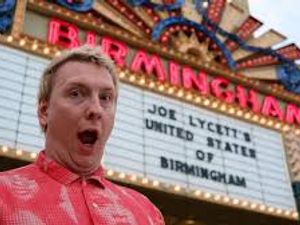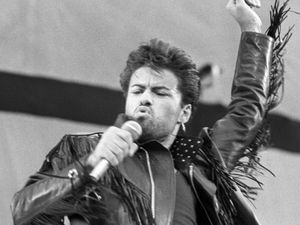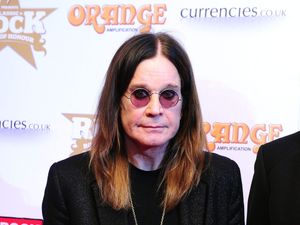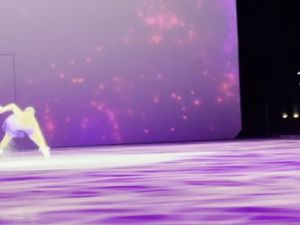Steve McQueen defends scale of four-hour film on Amsterdam’s Nazi occupation
The project is based on a book by his wife, Dutch director Bianca Stigter, titled Atlas of an Occupied City, Amsterdam 1940-1945.
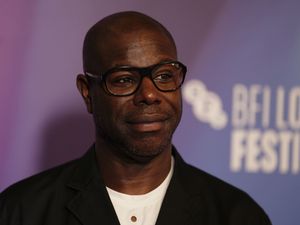
Sir Steve McQueen has defended the length of his new four-hour documentary which tracks how life was in Amsterdam under Nazi occupation.
Titled Occupied City, the film seeks to collide past and present as it explores this period in the Second World War alongside moments from recent years of the pandemic and protests.
The project is based on a book by his wife, Dutch director Bianca Stigter, titled Atlas of an Occupied City, Amsterdam 1940-1945.
Sir Steve, who lives in Amsterdam with his family, told the PA news agency at the London Film Festival on Thursday: “I think an hour and a half wouldn’t do it a service…

“And what the time is, it’s time reflecting on something which, in effect, could have been 24 hours long, could have been 40 hours long.
“And therefore, you have a situation where we did the best we could with what we had in order to translate this urgent and immediate situation which happened over 85 years ago.”
Stigter added that the length is a “necessary ingredient” of the film to convey its messages.
“I think what it stresses is the film is not a history lesson, it’s an experience that you are wandering through this town in the present, and in the past, for four hours”, she explained.
“And if you had made it shorter you could not get to that point.”
The film looks at 130 locations in present-day Amsterdam that relate to the Jewish community before and during the Nazi occupation of the city.
While Melanie Hyams, who provided the voiceover, narrates what took place at each site.
Sir Steve, the British director of 12 Years A Slave and the film anthology Small Axe, revealed that the project did not initially start as an adaptation of Stigter’s book but as an idea that he wanted to create a piece that looked at past and present footage.
“But what happened was, when Bianca was writing the book, I realised ‘Wow, maybe the past could be text and the present could be, as we have it now’.
“So they put the two together and narration and images of the present could be the way to do it. So it was one of those things (that) just fell into place.”
Asked if he felt the project was perfect, Sir Steve replied: “Perfect in my mind? Extraordinary perfect, its genius, exquisite… of course it is.”
Stigter added that the documentary was a “unique experience” for her as she noted that they have a personal connection to some of the locations in the film such as where their children went to school.


